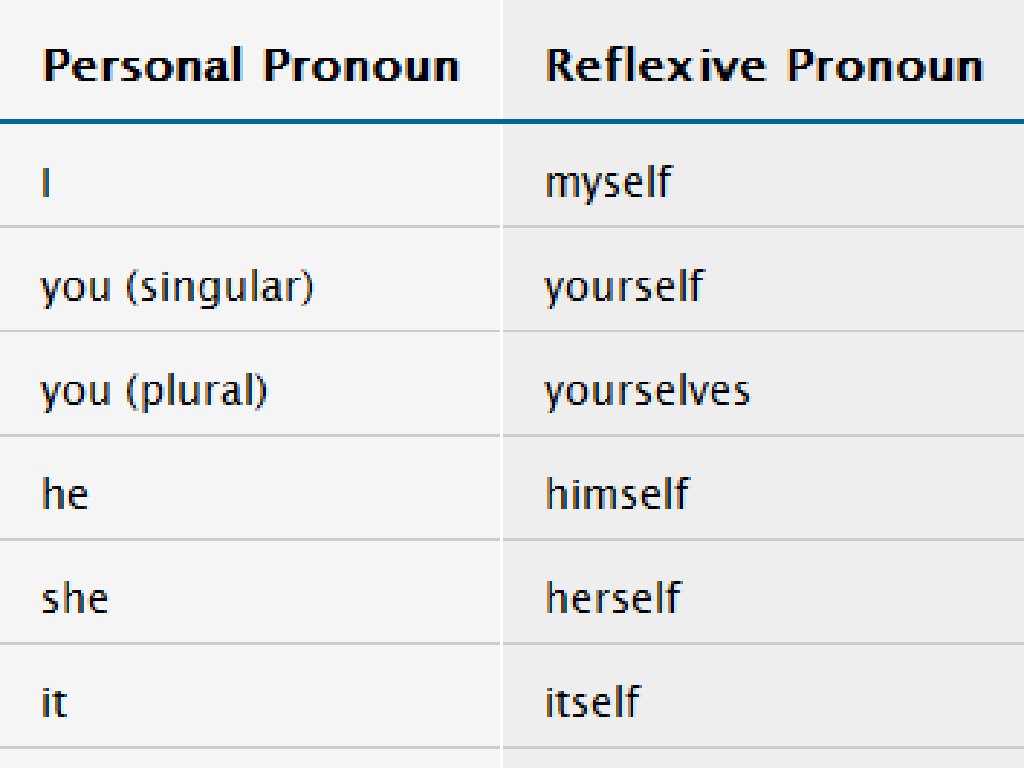Identify And Compare Air Masses
Subject: Science
Grade: Seventh grade
Topic: Weather And Climate
Please LOG IN to download the presentation. Access is available to registered users only.
View More Content
Understanding Air Masses in Weather and Climate
– Explore the atmosphere’s role
– Differentiate weather and climate
– Define air masses
– Large bodies of air with uniform temperature, humidity, and pressure
– Compare types of air masses
– Examples: maritime vs. continental, tropical vs. polar
|
This slide introduces the concept of air masses within the broader topics of weather and climate. Begin by discussing the atmosphere’s importance in shaping weather patterns and defining the difference between weather (short-term changes) and climate (long-term patterns). Then, focus on air masses as large bodies of air with consistent properties, and how they influence weather. Compare and contrast different types of air masses, such as maritime versus continental (source over water or land) and tropical versus polar (temperature). Use examples to help students visualize the concepts. Encourage students to think about how these air masses might affect the weather in different regions.
Exploring Air Masses
– What is an Air Mass?
– A large body of air with uniform temperature and humidity
– Characteristics of Air Masses
– They can be cold or warm, moist or dry, depending on their source region
– Air Masses & Weather Patterns
– Air masses influence weather by bringing their properties to new areas
– Comparing Different Air Masses
– For example, maritime tropical (mT) vs. continental polar (cP)
|
Begin with the definition of an air mass, emphasizing its large scale and uniform properties. Discuss the characteristics such as temperature and humidity, and how these are influenced by the geographic region the air mass forms over. Explain the significance of air masses in determining weather patterns, including how they move and interact with other air masses to create various weather conditions. Encourage students to compare and contrast different types of air masses, such as maritime tropical, which is warm and moist, versus continental polar, which is cold and dry. Use maps and weather data to illustrate how air masses affect the local weather.
Exploring Types of Air Masses
– Tropical vs. Polar Air Masses
– Tropical air masses are warm, Polar are cold
– Maritime vs. Continental Air Masses
– Maritime air masses are moist, Continental are dry
– Location’s impact on Air Masses
– Air mass characteristics change with the region
|
This slide introduces students to the concept of air masses and their classifications. Tropical air masses originate near the equator and are typically warmer, while polar air masses are cold and form near the poles. Maritime air masses form over water and are humid, whereas continental air masses form over land and are dry. The location where an air mass forms greatly influences its temperature and humidity characteristics. Encourage students to think about how these differences in air masses can affect the weather we experience. Provide examples such as the warm, humid weather often found in coastal regions versus the dry, hot conditions in desert areas.
Comparing Air Masses
– Temperature & humidity variations
– Warm air masses may be humid or dry; cold air masses are typically dry.
– High vs. low pressure systems
– High pressure brings fair weather, low pressure often leads to storms.
– Visual comparison of properties
– Use charts/graphs to distinguish air mass characteristics.
– Impact on weather & climate
– Different air masses affect local weather patterns and long-term climate.
|
This slide aims to help students understand the concept of air masses and their characteristics, which are crucial in determining weather and climate. Start by explaining that air masses are large bodies of air with uniform temperature and humidity. Highlight the differences between warm and cold air masses, as well as humid and dry ones. Discuss how high pressure systems are generally associated with stable, clear weather, while low pressure systems can lead to cloud formation and precipitation. Introduce visual aids like charts or graphs to help students compare and contrast different air masses visually. Finally, discuss how the interaction of different air masses can lead to various weather events and influence the climate of a region. Encourage students to think about the weather patterns they observe and how they might be related to these concepts.
Air Masses in Action
– Understanding weather fronts
– A front forms where two different air masses meet.
– Storms and precipitation
– Storms occur when fronts collide, causing rain or snow.
– Air mass effects in real life
– For example, a cold air mass from Canada can lead to snow in the US.
– Comparing different air masses
– Compare tropical vs. polar air masses and their characteristics.
|
This slide aims to explain the dynamics of air masses and their impact on weather. Weather fronts are the boundaries between different air masses and are crucial in the formation of various weather conditions. When these fronts meet, they can lead to storms and various types of precipitation, depending on the nature of the air masses involved. Real-world examples, such as the effect of a cold air mass moving into a warmer area, can help students visualize these concepts. Encourage students to think about the characteristics of air masses, such as temperature and humidity, and how these can influence the weather they experience. Discuss the differences between tropical and polar air masses, and how their interactions can lead to diverse weather phenomena.
Class Activity: Identifying Air Masses
– Examine the provided weather map
– Identify various air masses
– Look for color-coded regions indicating different air masses
– Predict weather from air mass data
– Use air mass characteristics to forecast weather conditions
– Discuss findings with the class
|
This activity is designed to help students apply their knowledge of air masses to real-world scenarios. Provide students with a weather map that includes color-coded regions to represent different air masses. Instruct them to identify these air masses based on their characteristics such as temperature and humidity. Then, have students predict the type of weather that might occur based on the location and movement of these air masses. Encourage them to consider factors like the meeting of warm and cold air masses and the potential for storm development. After making their predictions, facilitate a class discussion where students can compare their findings and reasoning. Possible activities include: 1) Drawing air mass boundaries on the map, 2) Labeling cold, warm, stationary, and occluded fronts, 3) Writing a weather forecast script, 4) Creating a presentation on their predictions, 5) Role-playing as meteorologists reporting the weather.
Conclusion: Air Masses in Weather & Climate
– Recap of air mass characteristics
– Why air masses matter
– Air masses influence weather patterns and climate variations.
– Engage with Q&A session
– Encourage students to ask questions to clarify their understanding.
– Review key lesson takeaways
|
As we conclude today’s lesson on air masses, it’s important to review the characteristics that define different air masses and how they can be compared. Understanding air masses is crucial because they have a significant impact on weather and climate. They determine the temperature, humidity, and weather stability in a region. During the Q&A session, prompt students to think critically about the material and ask questions that can lead to a deeper understanding of the subject. Use this time to reinforce the key points from the lesson, ensuring that students grasp the concept of air masses and their role in our daily weather. This will also help them prepare for future topics in meteorology and climatology.





